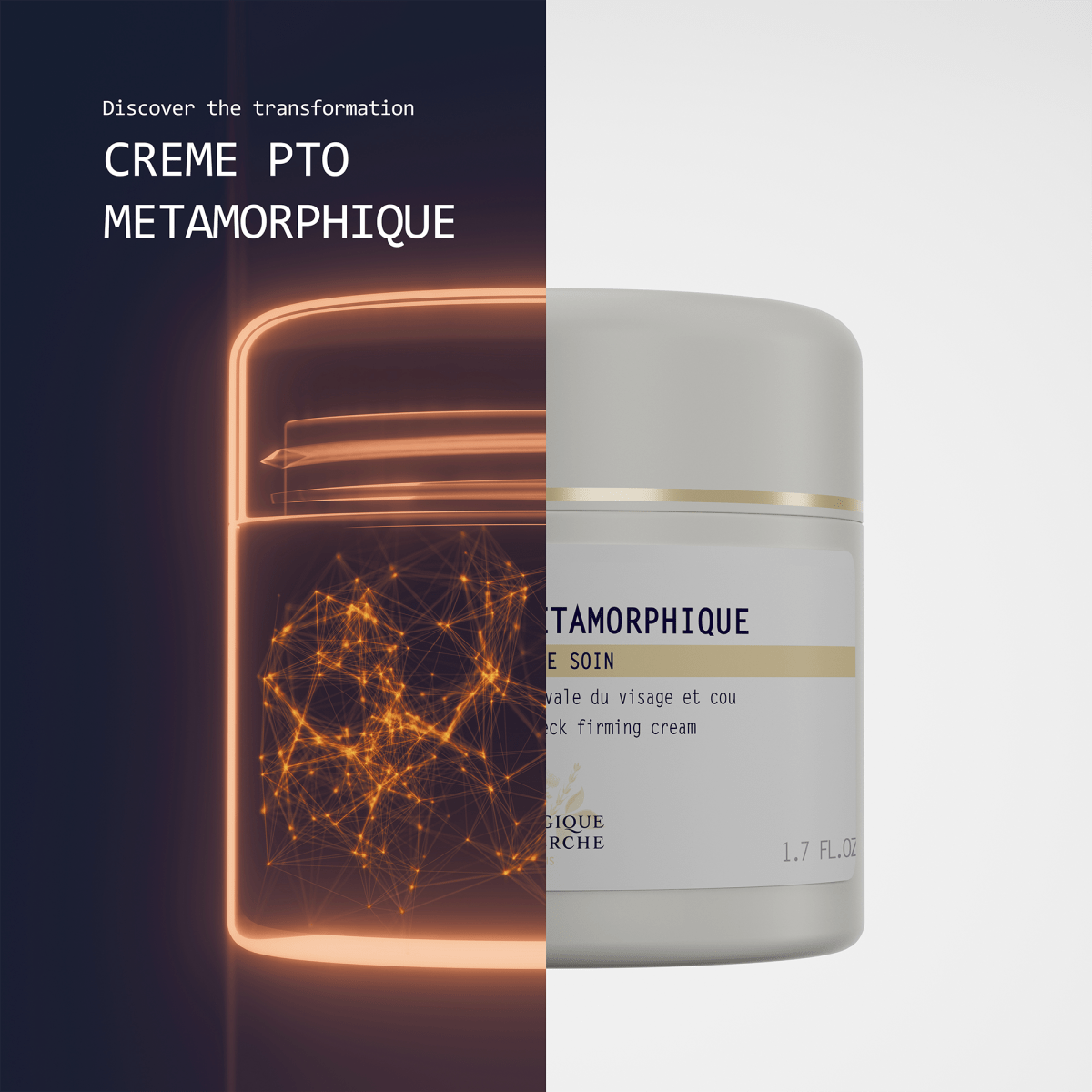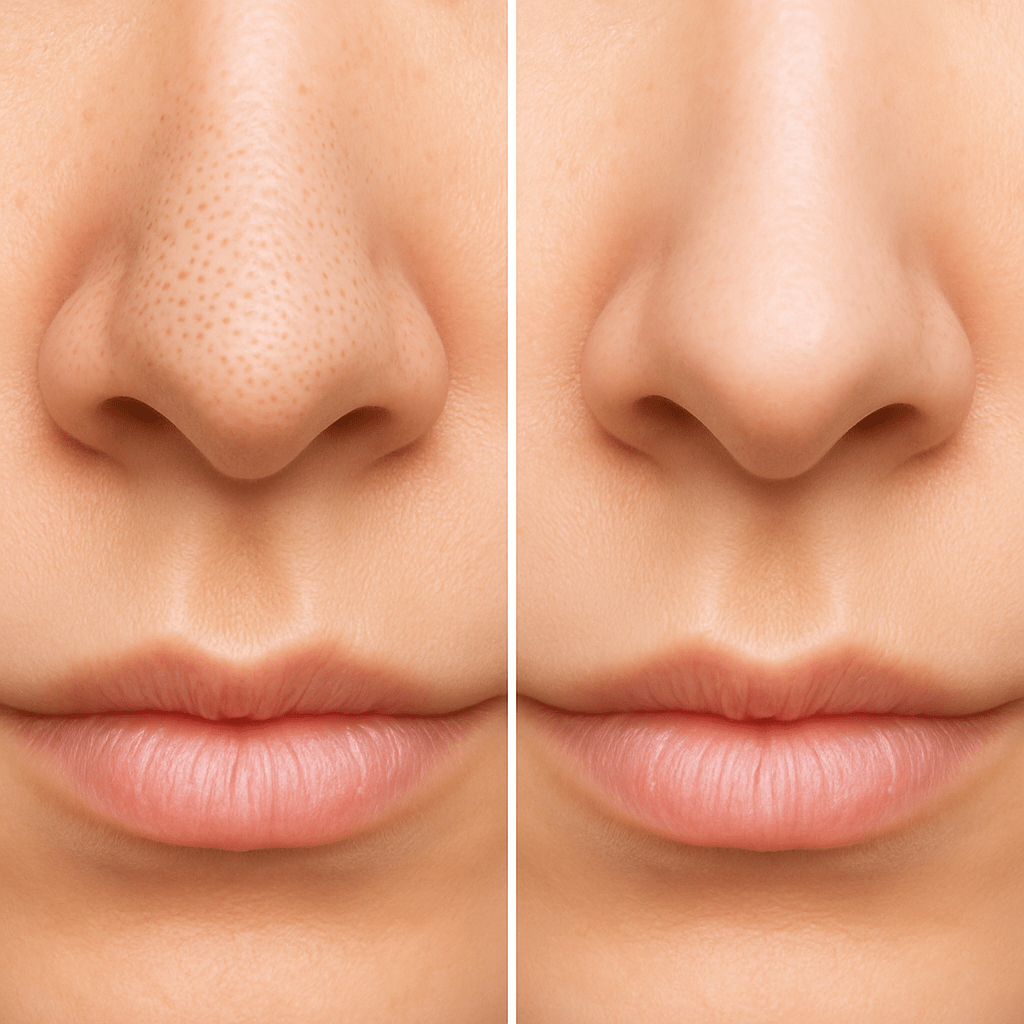Face
- Biologique Recherche
- MBR
- Niance
- Nescens
- Valmont
- Environ
- Vie De Mer
- Future Cosmetics
- Forlle'd Japan
- Mansard
- Monika Heiligmann
- Emmanuel Botanical Skin Care
- Margy's Monte Carlo
- La Luer
- Nira Skin
- Is Clinical
- Colorescience
- Cosmetics 27
- DRHAZI
- Leonor Greyl
- La Fervance
- Revitalash
- ISDIN
- Trudon
- Osea
- Institut Esthederm
- NuFace
- Omni Hiraya
- Biologique Recherche
- MBR
- Niance
- Nescens
- Valmont
- Environ
- Vie De Mer
- Future Cosmetics
- Forlle'd Japan
- Mansard
- Monika Heiligmann
- Emmanuel Botanical Skin Care
- Margy's Monte Carlo
- La Luer
- Nira Skin
- Is Clinical
- Colorescience
- Cosmetics 27
- DRHAZI
- Leonor Greyl
- La Fervance
- Revitalash
- ISDIN
- Trudon
- Osea
- Institut Esthederm
- NuFace
- Omni Hiraya

Reward Program Collection

Gift Cards
Body
Lifestyle
Nutritional Supplements

Niance Longevity Supplements
Eaux De Parfum

Trudon Perfumes
Scented Candles

Trudon Scented Candles
Diffusers

Trudon Diffusers
Interesting article in Man Repeller magazine
January 19, 2018 6 min read

I’ve Been Testing Glossier’s New “Skin Perfector” For a Month
When a Glossier team member emailed me in December asking if I’d like to try the brand’s first and forthcoming exfoliating skincare product, Solution, I tripped over my fingers to type yes. In hindsight, my enthusiasm is a bit mystifying, as I wasn’t in need of a new exfoliator, nor did I have any particular brand loyalty to Glossier (I only owned one product, a blush). Turns out I am not immune to the brand’s captivating, wet-looking subway ads, at which I’ve probably stared long enough to consider myself an expert. Still, introducing an unreleased product into a skincare routine that was giving me great results after a year of skin troubles seemed a potentially unwise pursuit. What could Solution offer me if I had nothing I was looking to “fix”? I settled for the obvious, most enticing answer: subway ad-levels of SHINE.
Never said I wasn’t a sucker.

Speaking of being a millennial, when the bottle arrived, all satisfyingly chunky and padded in baby pink plastic, I noted how playful it looked compared to my current chemical exfoliator, a BHA lotion by Paula’s Choice. As someone who both loves colorful, trendy packaging and is easily fooled into believing products with colorless, academic-looking packaging work better, I was torn as to which I found more appealing. But as I read and compared the two bottles further — noting differences such as 10% AHA/BHA/PHA (Glossier) versus 2% BHA (Paula’s Choice) — I realized I didn’t know what the hell any of it actually meant.
If you’re in the same camp, here’s a quick exfoliation 101, care of an expert. (If you’re not, you can skip to the review.)
Do I actually need to exfoliate my skin, or is it purely an aesthetic-driven practice?
It’s a little bit of both.
“The purpose of exfoliation is to remove the upper layer of dead skin cells resulting in a brighter, more even complexion, potentially with reduced congestion or blackheads,” Dr. Anjali Mahto tells me. She’s a board-certified dermatologist based in London, a spokesperson for the British Skin Foundation and author of The Skincare Bible (out in April). “Exfoliation is of particular value for people with certain skin types — in particular for individuals with oily or blemish-prone skin, or concerns about anti-aging and pigmentation.”
But, as noted by Kelly Bickle, MD, a Los Angeles-based dermatologist, “[Cells] will all turn over eventually; [exfoliation] is just a matter of speeding up the process.” As we age, that natural turnover process slows down, and exfoliation becomes increasingly useful.
What’s the difference between physical and chemical exfoliation?
“Physical exfoliation, as its name suggests, involves physically removing dead skin cells,” says Dr. Mahto. “This can be done with mechanical cleansing brushes, grains, and scrubs.” She warns that harsher scrubs with larger particles should be handled with care, though, if at all, as they can “cause micro-injuries or small tears to the skin if used too vigorously.”
“Chemical exfoliation uses chemicals to improve skin cell turnover to exfoliate the skin,” she continues. “They are generally acidic in nature, and those used most commonly in skincare are the alpha and beta hydroxy acids (AHAs and BHAs).”
She notes that common AHAs include glycolic and lactic acid, which are water-soluble molecules that act on the skin’s surface, and which can be helpful for normal to oily skin types. For dry skin, she says AHAs can work too — but should be used in lower concentrations. “BHAs, such as salicylic acid, on the other hand, are oil-soluble and act on both the skin surface and within the pore. They are better for those with oily or blemish-prone skin.”
Does it help to switch up my exfoliation products now and then?
Dr. Mahto says there is no reason to change up a routine that’s working, however, “many people find that their skin can get used to products containing glycolic acid and it is reasonable to increase the concentration of glycolic acid containing products as tolerated.” She suggests seeing a dermatologist for a more personal assessment. Beyond glycolic acid tolerance, changes in the weather can also change the effectiveness of a skincare routine. “Dry skin is much more common in the winter months and for some, reducing the frequency of exfoliation, or using milder products (with lower concentrations of AHAs or BHAs) may be necessary.”
So how often should I be exfoliating, generally?
“Gentle exfoliation can be carried out several times a week provided there is no problem with dryness, sensitive skin or inflammatory skin disorders such as eczema, rosacea, or psoriasis,” she says, noting it is not an exact science and that the easiest barometer is common sense: stop if your skin doesn’t like it, continue if it does. “Exfoliation is a useful part of regular skincare but it is not suitable for everyone. Those with sensitive skin or underlying dry skin diseases are much more susceptible to developing problems such as excessive dryness, irritation and peeling, so caution is required.”
I was relieved to learn I hadn’t been exfoliating wrong all along, and that the “as long as it feels okay” method, a.k.a. my favorite lazy skincare approach, comes dermatologist recommended! To that end, nothing about my skin was causing me particular trouble when I set out to try Solution — it all felt okay — so I had no idea what to look for in terms of improvement.

According to a Glossier product developer, Solution, which is out and available for purchase starting today, was developed to be a “comprehensive treatment that works for all skin types and concerns.” That meant using more than one type of acid in its formulation. Solution contains AHAs, BHAs and PHAs (a gentler form of AHA). “AHAs break the water bonds attaching dead skin cells to skin, and BHAs break down oil and sebum, which also adhere dead skin cells to healthy skin.” Together, these acids are meant to improve skin texture and tone and tackle acne and blackheads, all at once. A tall order!
The development team also added soothing ingredients like pure aloe, glycerin and niacinamide (a vitamin) to balance the occasionally harsh or bad smell of acids. I can confirm: It smells pretty good, but contains just the right amount of kick to make you think it’s working, you know? It’s also very thin — a full liquid, which I wasn’t expecting given my past chemical exfoliants have had a creamier texture. (The bottle has a press-dispenser, so I didn’t have to pour it on a cotton pad.)
Late December, I slotted in Solution between cleansing and moisturizing. (For the curious: I’m currently double-cleansing with micellar water by Bioderma and a cleanser by Panacea Skincare, and moisturizing with a serum by True Botanicals, a facial oil by Drunk Elephant and a moisturizer by Paula’s Choice). I wasn’t even looking for changes in my skin when I noticed, a week in, that my skin was insanely soft. Like, literally baby soft. It was so unexpected that it took me a day or two to connect it to Solution. I didn’t start the regimen thinking my skin texture was rough, but I ended up realizing it was.
I wish this result lent itself better to photographic evidence, but trust me when I say everyone who has either purposely or inadvertently touched my face recently has commented on its softness, unprompted. For posterity, here is a largely unhelpful before-and-after, taken at bedtimes a month apart.

The main aesthetic difference is my skin, in a general sense, looks more “scrubbed,” for lack of a better word, taking on the reflectiveness of a nail that’s just been buffed. I’ve always been after this version of “shine,” but didn’t quite know how to achieve it short of gobbing on layers of moisturizer, only to be disappointed when it inevitably soaked in. I think this is a difference you mainly notice in person.
Still, it’s all been fairly subtle. I remain a fan of my old routine — Paula’s Choice included — but I may be a convert for the higher percentages and combinations of acids that Solution offers. Per Dr. Mahto’s point about skin adjusting to glycolic acid, they may have been the uptick my normal-type skin needed to go from looking healthy to feeling healthy, too.
If your skin is in need of a similar kick, below are some exfoliator recommendations from some of my most skin-obsessed colleagues. Share yours in the comments, too.
Also in Better Skin Care with Aida

Why Glowing Skin Starts from Within: Aida’s Guide to Skincare, Nutrition & Movement
November 13, 2025 3 min read
Let me tell you something I always remind my clients: Great skin is not just about what you put on it-it's about how you treat your whole self. The truth is, your skincare routine works best when it's paired with smart nutrition and regular movement.

Why Crème PTO Métamorphique Replaced Crème ADN Métamorphique
July 09, 2025 2 min read
A New Name with a Purpose
Let’s start with the name:
PTO stands for ptosis — the clinical term for sagging skin.

How to prevent the pores from getting clogged and how to keep skin healthy
June 18, 2025 2 min read
Keeping your skin healthy and preventing clogged pores—especially from daily SPF and Make up use-requires a smart, consistent routine that deeply cleanses, exfoliates, and balances without over-stripping.
